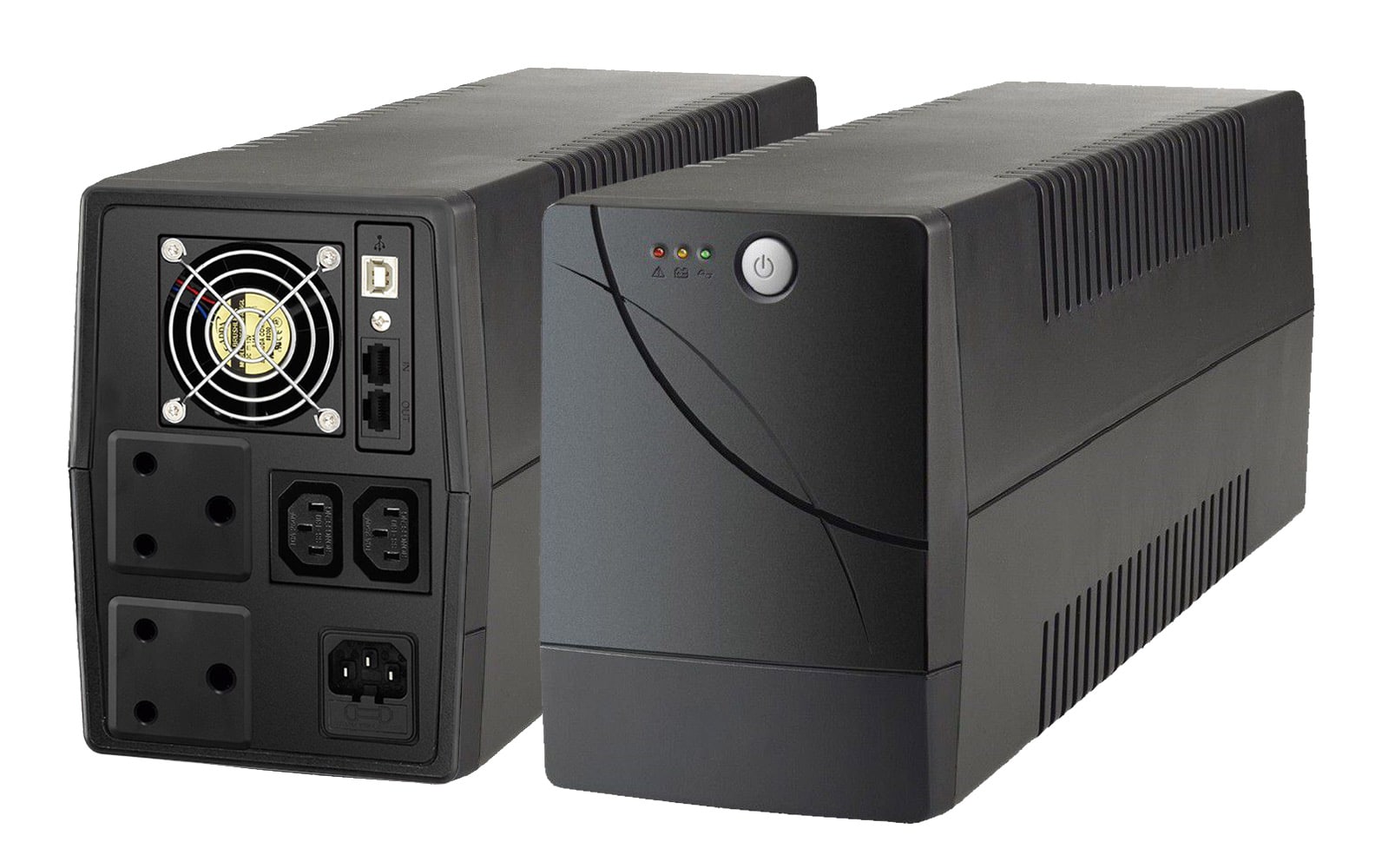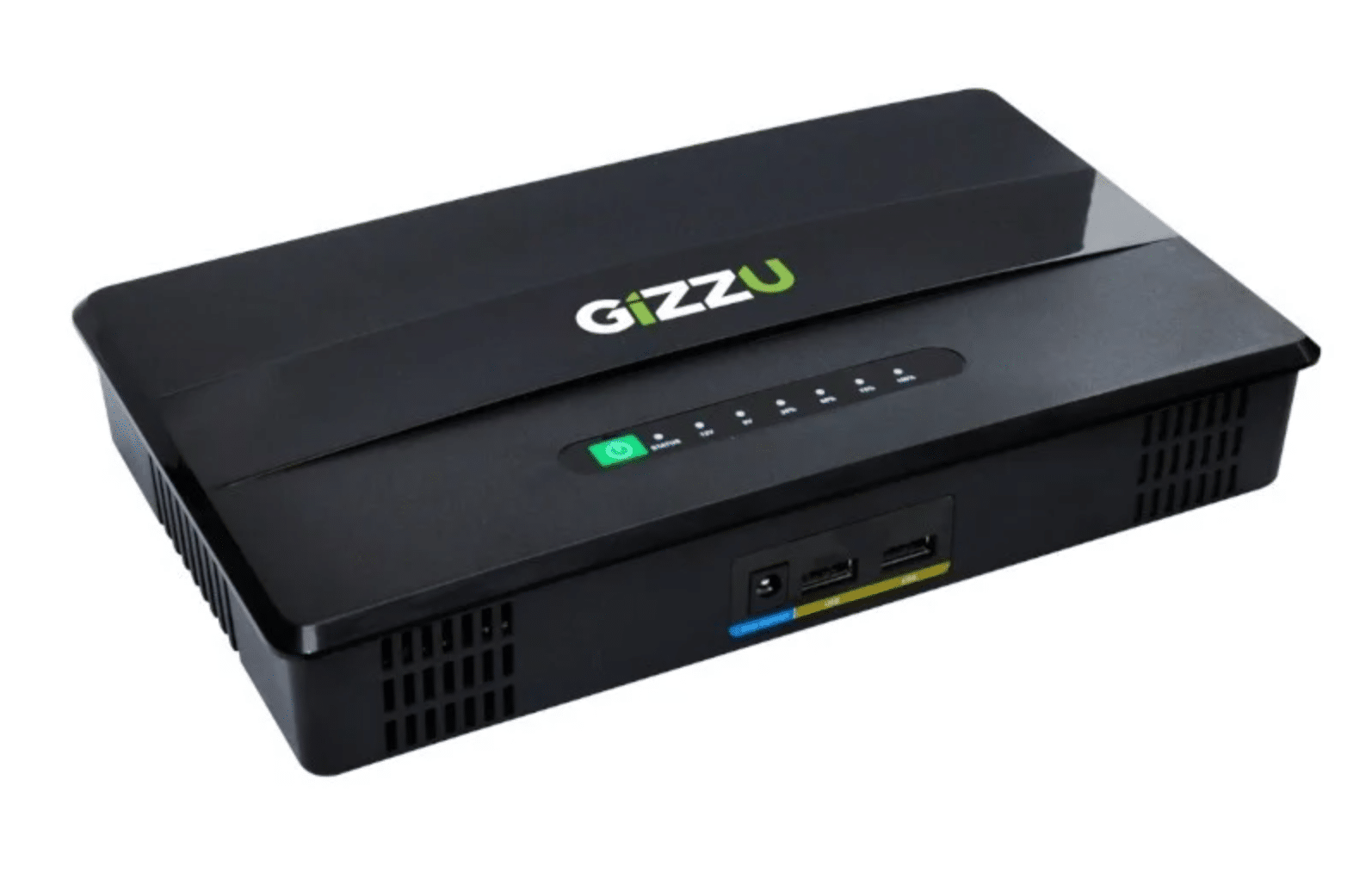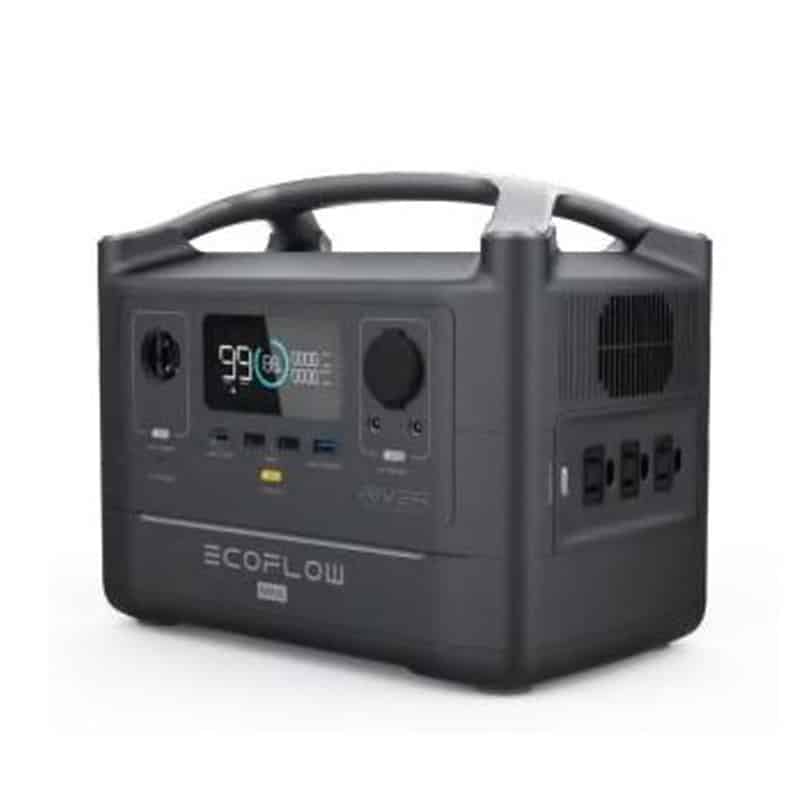
How To Keep Fibre Internet Online During Loadshedding
Your guide to keeping your Octotel, Frogfoot, Vumatel or Openserve Fibre Internet online during Loadshedding
Last update: Jan 2024
Atomic Customers: Please contact us prior to purchase for free advice
Please plan ahead: During periods of high levels of Loadshedding, retailers quickly run out of stock of UPSs, with the cheaper units selling out first.
Jump to a section:
1. Best UPS choice for most cases
2. Backup Power for Fibre Networks
3. How to choose a UPS
5. Lithium Ion DC to DC “Mini UPSs”
6. Portable Power Packs
7. Traditional Lead Acid UPS
Ever wanted to know about Fibre Internet during Loadshedding?
Can I still have access to Fibre during Loadshedding? Andrea F
Is there is still connection during loadshedding using a UPS or inverter? Aaron C
Do the Fibre Networks Operators infrastructure stay connected during Loadshedding? Bryan J B
In order to run my fibre line + Apple router for 1-2hrs during loadshedding, what would I need? Jason B
What do I need to just keep the ONT and router going? Luke H
What is the best ups for a fibre router? Steve J
Best UPS for Fibre (in most cases)
The best two options to power your fibre during loadshedding are a Mini DC UPS, or, a Portable Power Station if you (really) need a wall plug socket.
Pro tip: Look out for a UPS that has the new generation of battery chemistry called LiFePO 4 and remember these devices get hot, so install them in a place with appropriate ventilation.
GIZZU 60W DC UPS / GIZZU 60W Mini UPS
❤️ Best option for Fibre in most cases ❤️
The GIZZU 60W includes a larger 69Wh 21600mAh battery and has the latest LiFePO4 battery chemistry. It includes various options to power your Fibre CPE and WiFi router, including POE, and includes some DC cables and DC adapters allowing you to power your equipment directly from the UPS, replacing the AC adapter.
Pro Tip 1: Some Fibre ONTs or WiFi routers do not come with a DC port or POE (they require a wall plug or something different), if you are an Atomic customer, please feel free to check with us before you buy.
Pro Tip 2: If you need a larger distance between your ONT and WiFi router, you can get a DC extension cable, they come in various sizes: DC Extension Extender Cable for 12V Power (5.5mm x 2.5mm)
Portable Power Station - EcoFlow
ℹ️ Best option if you need a wall plug ℹ️
If you need an AC plug point look at the EcoFlow range or portable power stations. They act as a UPS, so they can be left plugged in all the time and come with a very handy mobile app. Something like the EcoFlow RIVER 2 Max will also be able to power a monitor and laptop during loadshedding. Please ensure you get the newest model with the LifePO4 battery chemistry that comes with the newer EcoFlow models.
Pro tip: If you choose a different brand, ensure your portable power station is a UPS, otherwise you will be running the battery all the time which will reduce the lifespan.
~R8000 and up on GeeWiz
Fibre Network Backup Power
Implementing and maintaining backup power to a large network is tricky and expensive. Each node in the network needs its own backup power, so when/if Loadshedding gets very bad, the backup systems might fail, or not have enough time to recharge between power cuts. In some instances, a node in a different suburb that feeds your neighbourhood might have a backup power failure, resulting in no connectivity despite not having Loadshedding. In summary, the fibre network operators want their networks up at all times but within achievable time and economic constraints.
Choosing a UPS to power your fibre during Loadshedding
How to choose a UPS
For the purpose of this post the assumption is you will only be powering two devices:
Fibre ONT and a WiFi router.
Fun fact: If you are on Frogfoot, Octotel, Vumatel or Openserve with a single WiFi router, your power requirements will probably be around 15-20W
If you go with a DC Mini UPS then you just need to make sure can recharge it, it has the right cables come with it and you match up the voltage correctly.
Efficiency and battery storage
Mini UPSs that supply a DC current (DC->DC) via an adapter directly to your device doesn’t have this issue and as a result, are 30x smaller, last 2x longer and the batteries last many more cycles. They have deep cycle batteries, like your mobile phone, so won’t get damaged if Loadshedding lasts longer than expected.
Traditional UPSs supply electricity to a device via a wall socket plug (DC to AC power) will lose significant storage capacity due to the inefficiencies of changing stored DC electricity (usually 12V) to AC (220-230V). They are also not designed for deep cycling the battery, so using them below 50% will start to damage them and as Loadshedding lasts 2:30, most small traditional UPSs won’t last 10-20 full cycles of the batteries. However, new portable power stations solve this issue.
All the cool kids use DC->DC systems because they last much much longer.
Traditional Lead-Acid UPSs

TL;DR – If you really need a wall plug socket, look at the EcoFlow portable power stations.
As simple as these UPSs are to buy and install they are not designed to run electronics for any extended length of time. Do not think of a traditional UPS as anything like your USB Power Bank or Cellphone/Laptop battery. These batteries get damaged quicker than Luke Skywalker pulling out his lightsabre if you don’t treat them with care (discharge them fully).
The reason for this is that traditional UPSs are designed to supply a short power backup e.g. to save work and shut down a computer. They are also used in applications where the UPS batteries are less critical than the equipment they are protecting. In other words, traditional UPSs are designed for short backup power and a short lifespan of the batteries.
Deep Cycling: Discharging a Lead-Acid battery all the way will damage it very quickly (as little as 1-10 times).
Using the battery for a long period of time will also shorten the lifespan of the battery.
The cheap UPSs don’t have any cool features like internet connections, apps to monitor the device and they beep by default – it will drive you crazy (but you can turn it off. Watch our video here).


